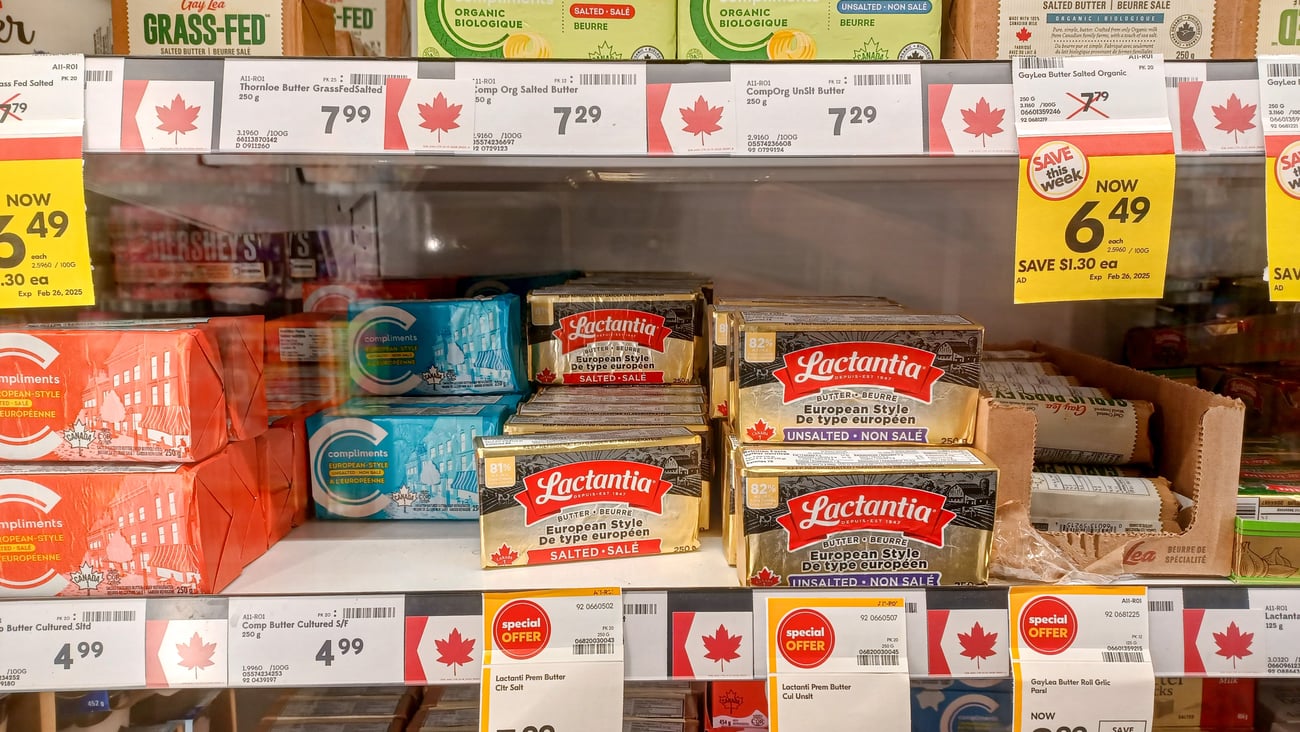A new breed of coffee drinkers
Coffee has become a quintessentially Canadian drink, with most consumers starting their day with a brew. Because of this, the stakes are high—as are the rewards for coffee producers as they tend to consumers’ evolving demands.
Future success in the coffee market will revolve around companies’ ability to innovate to what young adults want. According to Mintel research on coffee and coffee shops, younger Canadians show greater interest in exploring and experimenting with new types of coffee. This behaviour distinguishes them from older consumers who appear more established in their coffee-drinking habits. Older consumers, for instance, are more likely to veer towards ground coffee, whereas younger consumers are more likely to turn to ready-to-drink varieties (for example, coffee in a can or bottle).
These differences suggest two things. First, as consumers age, their coffee-drinking habits evolve, turning more to ground coffee after the age of 35. Second, the preference for ready-to-drink coffee among younger consumers points to the importance of investing in different formats and flavours to help them develop their taste for coffee and establish routines that can pay off down the road.
When it comes to flavour, Mintel’s research shows that while Canadians overall prefer stronger flavours, younger consumers gravitate toward lighter brews, as well as coffee with “new” flavours. For those younger consumers, lighter or different flavours can serve as an entry point to coffee before they start to graduate to more traditional or intense flavours.
Aside from flavour, it’s important to recognize that younger consumers also approach coffee differently in terms of when and how they drink it. Older consumers, for instance, are more likely to view coffee as an important part of their morning ritual. By contrast, younger consumers are more likely to look for coffee options throughout the day. Given these differing habits, coffee producers can conclude that coffee isn’t just about the morning routine for younger consumers, so demand exists for innovation that meets their evolving needs as their day progresses. Such innovation can include mixed coffee-based beverages that blur the lines between providing a needed hit of energy and offering a treat for the afternoon or into the evening.
Finally, foodservice has proven particularly effective in meeting the evolving demands of younger consumers. And it’s worth noting that young consumers are more likely to perceive the brews sold at coffee shops to be of higher quality, affirming the channel’s importance for today’s younger cohorts. In response, retailers have stepped things up and are innovating and leveraging foodservice brands and their positioning to offer quality coffee in both traditional and less-traditional formats.
As coffee remains poised for continued growth, companies and brands that brew up innovation to address the differing demands of younger consumers will be better positioned to succeed in this dynamic category.
This article appeared in Canadian Grocer’s December/January issue.




